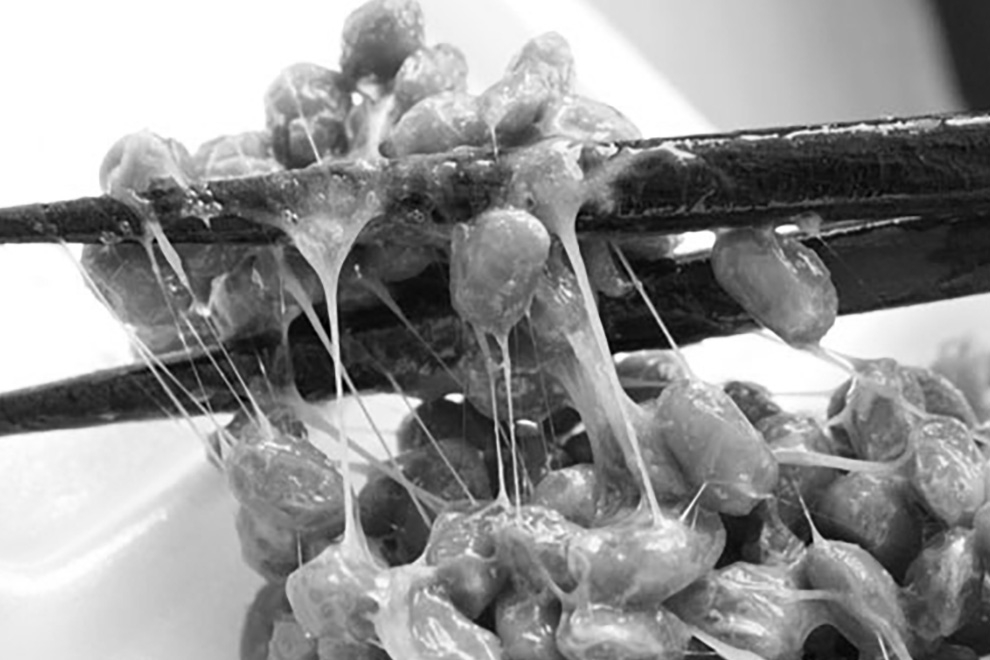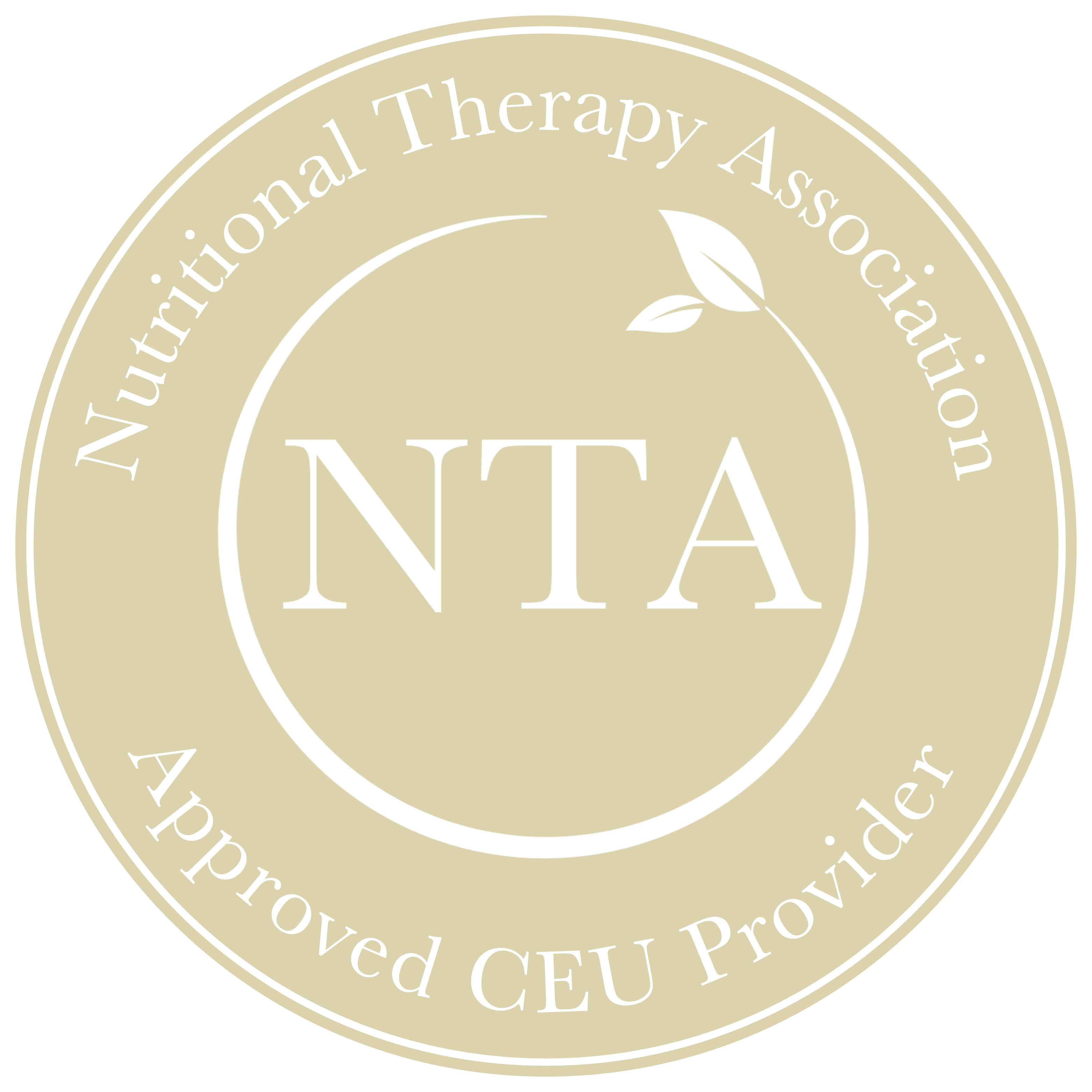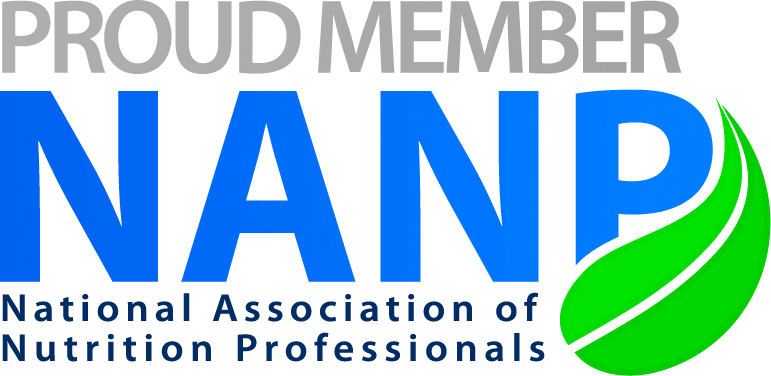Every once in a while, a supplement catches my attention. It might be a formula that contains the perfect blend of adaptogenic herbs or antimicrobial agents. Occasionally, I find a support that does so much for so many, I want to sing its praises to the world. Nattokinase definitely falls into this category.
Nattokinase is a powerful proteolytic (protein-digesting) enzyme. This enzyme is traditionally sourced from natto, a fermented food native to Japanese cuisine and culture. It is made by boiling or steaming soybeans and fermenting them with Bacillus subtilis natto. The bacillus activates the fermentation process and gives natto its notorious sour aroma, nutty flavor, and slippery texture. Other cultures, including the people of Nepal, make comparable fermented soybean foods. Within these cultures, a high intake of natto has been associated with a decreased risk of cardiovascular mortality.
Prior to the 1980s, little was known about how natto improved overall cardiovascular health. Natto was originally researched by Dr. Hiroyuki Sumi for the Japan Ministry of Education. Dr. Sumi discovered that natto exhibited strong fibrinolytic activity, which means it is effective in breaking down fibrin, a protein involved in blood clotting. He named the active enzyme responsible for this activity nattokinase.
Healthy circulation relies on proper blood clotting and appropriate formation of fibrin in response to inflammation. We need adequate fibrin in the event of trauma or injury, which prevents too much blood loss. When our vascular system is triggered by increased inflammation, fibrin is produced and forms a mesh at the site of the injury, which slows and eventually stops blood flow at the site of the wound. This form of blood clot is a healthy response and prevents excessive blood loss.
As we age, our blood clotting potential increases, and the enzymes that help dissolve clots declines. It seems like a cruel trick, mother nature! Of course, we know that diet and lifestyle, as well as genetics, play a huge role in these statistics.
Because heart disease is so prevalent today, close to 800,000 people experience a stroke annually here in the U.S.[1] Additionally, the American Heart Association reports that every year more than 700,000 people will have a heart attack and more than 600,000 will die from heart disease, making heart disease one of the leading causes of death for both men and women. The sad reality is that every 37 seconds, someone in U.S. dies from cardiovascular disease.[2]
Clots, or thrombi, can form throughout the body. If they form in a coronary artery, it can result in the heart attack; in a lower extremity vein, they cause a pulmonary embolism if they mobilize; or in the carotid arteries, they cause a stroke. The primary structural component of these clots consists of fibrin strands. A thrombi develops and is maintained by the gradual accumulation of excessive fibrin and/or by the body’s inability to break down fibrin strands effectively. If a clot travels from a lower extremity vein to the lungs, the result is a pulmonary embolism. Likewise, if a clot moves from the heart or carotid artery to the brain, it causes a stroke. Lastly, if a clot moves to a position that blocks the coronary artery, it causes a heart attack. We dive deep into heart disease in the Restorative Wellness Solutions Mastering the Art & Science of Nutritional Blood Chemistry.
The enzyme in nattokinase can decrease the ability of blood to clot, providing protection against stroke and heart attack, and has also been shown to decrease blood pressure in some people. In fact, nattokinase is the most potent fibrinolytic enzyme found among roughly 200 foods that have been investigated for oral fibrinolytic therapy.[3] And since it’s sourced from food, it doesn’t have any of the unknown side effects of drugs designed to do the same thing.
Nattokinase is unique in that as a single compound it possesses multiple cardiovascular preventative and alleviating pharmacologic effects – namely, antithrombotic, antihypertensive, anticoagulant, anti-atheroscherotic, and it has neuroprotective effects. There isn’t a single other natural or pharmaceutical agent with multiple beneficial properties similar to nattokinase. Even more important, it is a natural substance that can be taken orally, has a proven safety profile, and is economical to use.
We now understand that nattokinase not only degrades fibrin directly but also increases the release of plasminogen activator inhibitor 1, which regulates fibrinolytic activity.[4] It is widely used in Japan, China, Korea, Australia, Canada, and Europe and is gaining a following here in the U.S. as well.
One important question that has not been adequately addressed is the mechanism by which nattokinase is absorbed into the bloodstream after oral ingestion, which means there is no current convincing data to demonstrate its bioavailability and metabolism. As a result, specific dosing has not yet been established.
Since nattokinase is essentially a blood thinner, care must be taken when used concurrently with anticoagulant medications and OTC analgesics like aspirin and NSAIDs. Similarly, caution and monitoring should be taken when used alongside blood pressure medication or any other cardiovascular medication.
Here’s one last bit of research on nattokinase: it was recently demonstrated to effectively reduce nasal polyp tissue through fibrin degradation.[5] Many have noted improvement with snoring and sleep apnea after taking nattokinase.
All of this makes this extraordinary natural support an important consideration for your clients. With so many benefits and applications, nattokinase is a very inexpensive preventative agent for just about everyone in your practice.
Anne Fischer Silva, NTP, Master RWP
1 “Stroke information.” Centers for Disease Control and Prevention. Accessed 16 Jun. 2020.
2 “Heart Disease Facts.” Centers for Disease Control and Prevention. Accessed 16 Jun. 2020.
4 Tjarnlund-Wolf A, Brogren H, Lo EH, Wang X. Plasminogen activator inhibitor-1 and thrombotic cerebrovascular diseases. Stroke. 2012;43:2833–2839.







